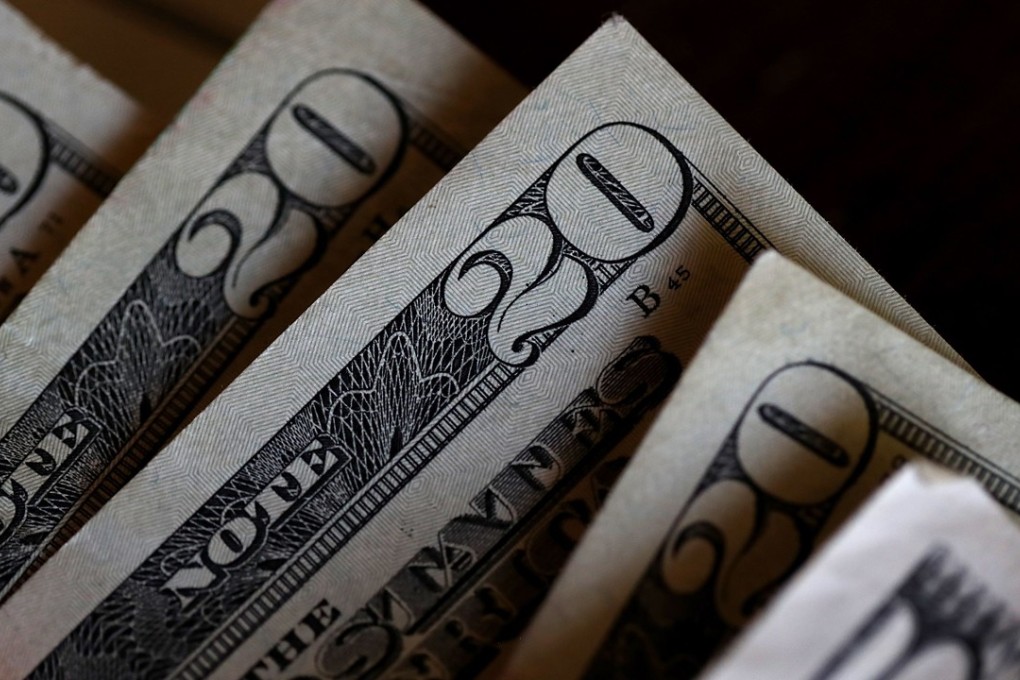Can the US dollar make a comeback?
Down against almost every currency, the greenback is having a torrid year as almost every factor that was expected to propel it higher has failed to pan out

It was the US dollar’s turn to be in the hot seat during this month’s policy meetings which, unsurprisingly, generated lively debates.
Down against almost every major and emerging-market currency in 2017, the greenback is having a torrid year so far. Almost all the factors that were expected to propel it higher have not played out, and we are now at the point where expectations that the Trump administration will deliver growth-boosting policies have reached an all-time low.
At the same time, persistently weak inflation has diminished hopes that the Federal Reserve will raise interest rates further. This has created the perfect storm for the dollar, with its sustained weakness having potential implications for US inflation and the broader global economy. The question now is whether this move has further to go.
One key driver behind the dollar weakness has been consistently weak inflation, raising doubts about whether the Fed can deliver the last of the three rate increases it had planned for this year
In terms of valuations, the dollar currently looks attractive, having depreciated by 15 per cent from its peak against the euro last December, and by around 8 per cent versus the Japanese yen year-to-date. Similarly, several emerging-market currencies, including the Polish zloty, Czech koruna, and Mexican peso, have notched up gains in excess of 10 per cent against the greenback in 2017.
From a fundamental standpoint, the American economy has bounced back from a poor start in 2017, and looks on course to grow above 2 per cent this year. However, one key driver behind the dollar weakness has been consistently weak inflation, raising doubts about whether the Fed can deliver the last of the three rate increases it had planned for this year.
So far, the consensus has not priced in another rate rise this year, but it should not be ruled out as growth is above potential and inflation appears to have bottomed. Both growth and interest rate differentials between the US and other developed countries should support the US dollar, but these relationships appear to have broken down recently.
Aside from fundamental and valuation factors, the influence of “push” and “pull” factors on currencies should also be considered. In the US dollar’s case, the major push this year has been the uncertainty surrounding the Trump administration’s ability to deliver on reform.